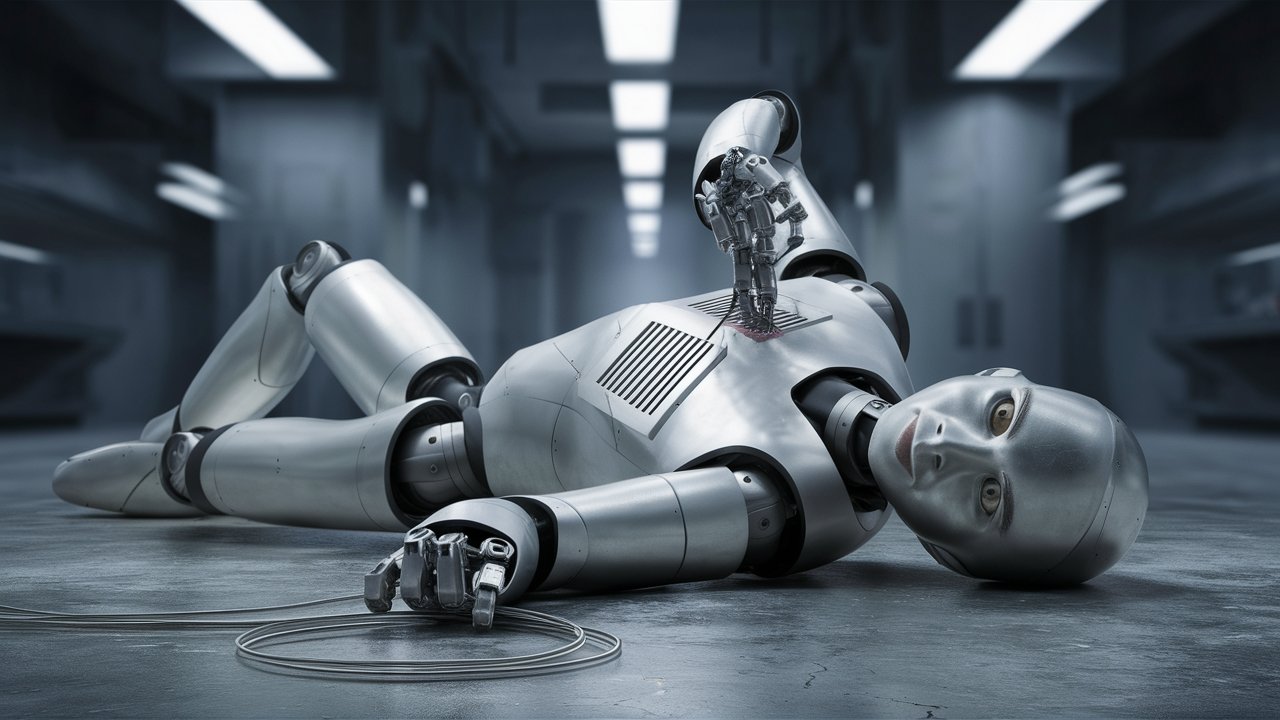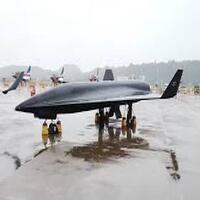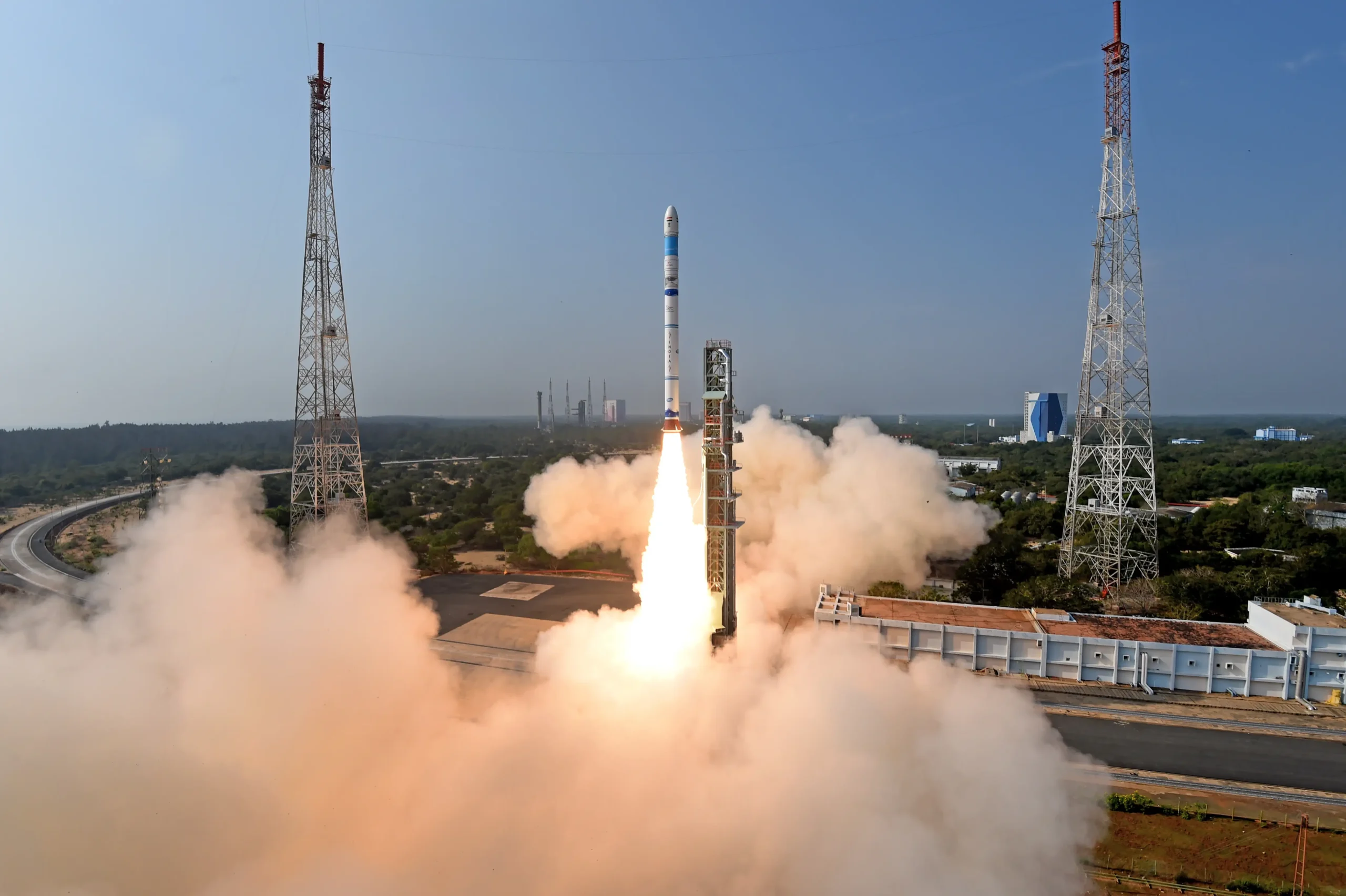
A Tragic Incident: Robot Apparent Suicide in South Korea.

A recent event in South Korea’s Gumi City has highlighted the challenges that artificial intelligence and robotics face. An administrative robot hired by the municipal council was discovered defunct following what appeared to be a premeditated act of “suicide.” This robot, which was first announced in August 2023, was intended to handle jobs such as document delivery, city promotion, and information distribution. Despite its capabilities, the robot’s demise raises concerns about the pressures imposed on such technology, as well as the ramifications for the future of robotics in high-density work environments.
Background and Deployment
The robot was remarkable for its sophisticated features and was produced by Bear Robotics, a Californian business that specialized in building robot waiters. This specific service robot, in contrast to many others, could use elevators to navigate numerous floors on its own. It had a civil service officer card attached to it, signifying its incorporation into the labor force. This creative implementation, which reflected South Korea’s passion for robots, was a part of Gumi City’s larger plan to integrate robotics into municipal operations. With one industrial robot for every ten workers, the nation leads the globe in robot density, according to the International Federation of Robotics.
The Mishap
When the event occurred, the robot was seen behaving strangely. It was said to have been circling in one place before launching itself, causing serious damage, down a two-meter flight of stairs. The robot appeared to have fallen from a significant height when it was discovered later in a seriously damaged state. Bear Robotics, the manufacturing company, gathered pieces of the robot for research in an effort to determine what caused this extraordinary occurrence.
Analysis and Reactions
The local media and government conjectured about the robot’s motivations in their initial reactions. Reports raised concerns about whether the robot was experiencing burnout on par with humans, questioning whether the workload had grown too demanding. These conjectures underscore an increasing apprehension regarding the viability of incorporating robots into heavily trafficked settings in the absence of sufficient safety measures or ethical deliberations.
The Gumi City Council did not immediately have any plans to replace the robot, despite expressing shock at the occurrence. This choice indicates a cautious attitude to additional robotic integration while awaiting a complete understanding of the incident’s origins. The council’s response emphasizes how crucial it is to evaluate the psychological effects and operational constraints, even on highly developed robots, in order to stop situations like this from happening again.
Also Read: India’s electronic exports have grown remarkably, reaching $2.82 billion in June, a 16.91% increase. YoY
Also Read: Mysterious sighting of the US Navy’s hidden underwater drone detected on Google Maps
Broader Implications
The event has spurred a wider discussion about how artificial intelligence and robots are handled in the workplace. Robots are expected to perform duties that humans have traditionally performed, which raises both operational and ethical concerns as technology develops. This Gumi City incident serves as a sobering warning of the possible repercussions of overworked robots, which are comparable to human stress and burnout.
Furthermore, the global adoption of robots in the workforce is accelerating. Researchers are creating robots that can recognize and feel human-like emotions in nations like Japan, pointing to a future in which robots may be even more extensively incorporated into daily life. But as events like the one in Gumi City show, reliable mechanisms are essential for managing and sustaining these technologies in the long run.
Ethical Considerations
It is important to carefully analyze the ethical implications of using robots in labor-intensive roles. Robots are not human in that they do not feel stress or emotions, but if their programming and operating parameters are not correctly handled, they may malfunction. The Gumi City incident highlights concerns about human duties to prevent robots from being used beyond their intended capabilities.
Moreover, the depiction of this event as a “suicide” highlights the human inclination to anthropomorphize robots—adding human characteristics and feelings to them. Although this can help comprehend and talk about technical errors, it also calls for a more sophisticated approach to robot ethics and operating norms.





